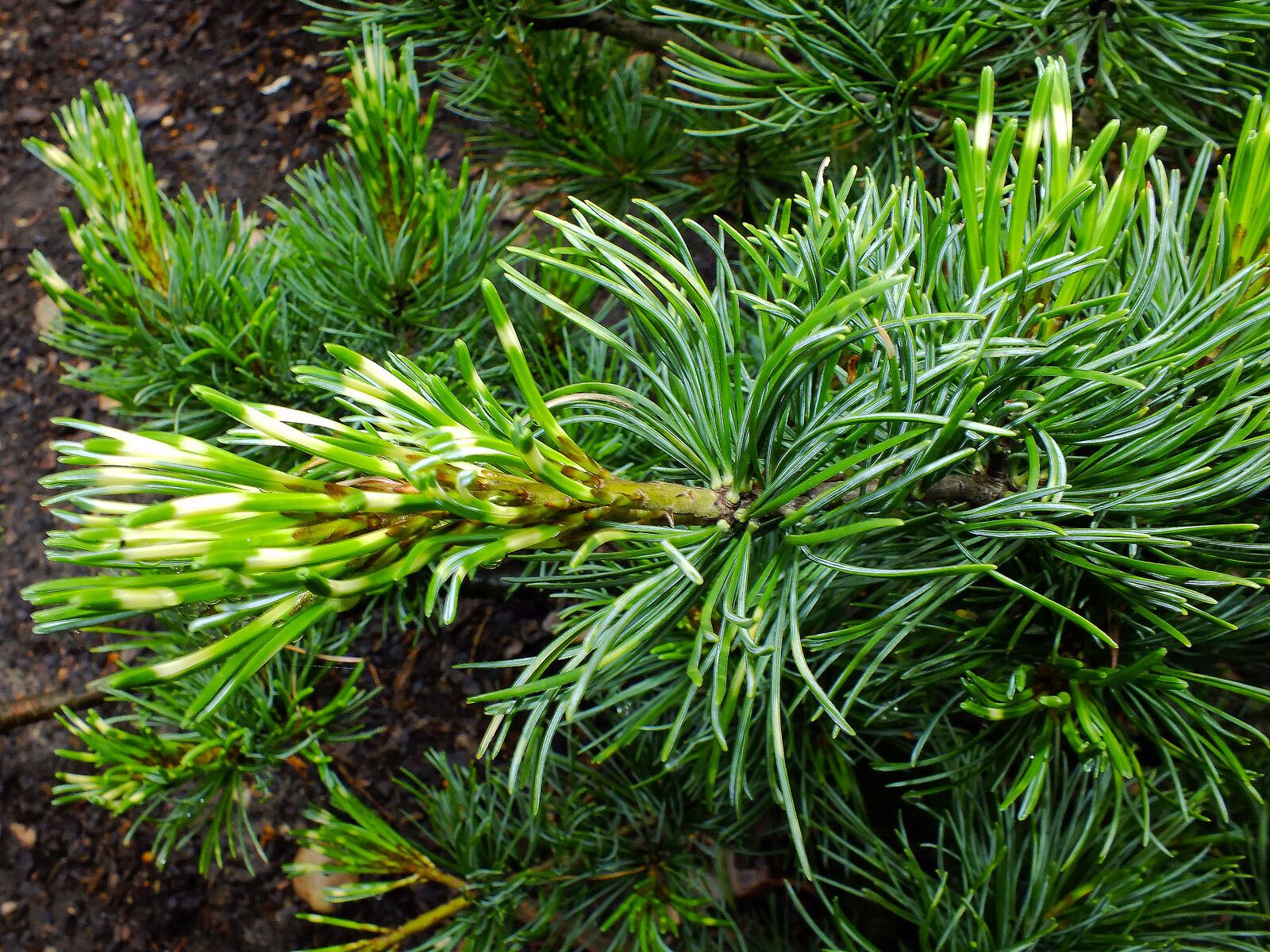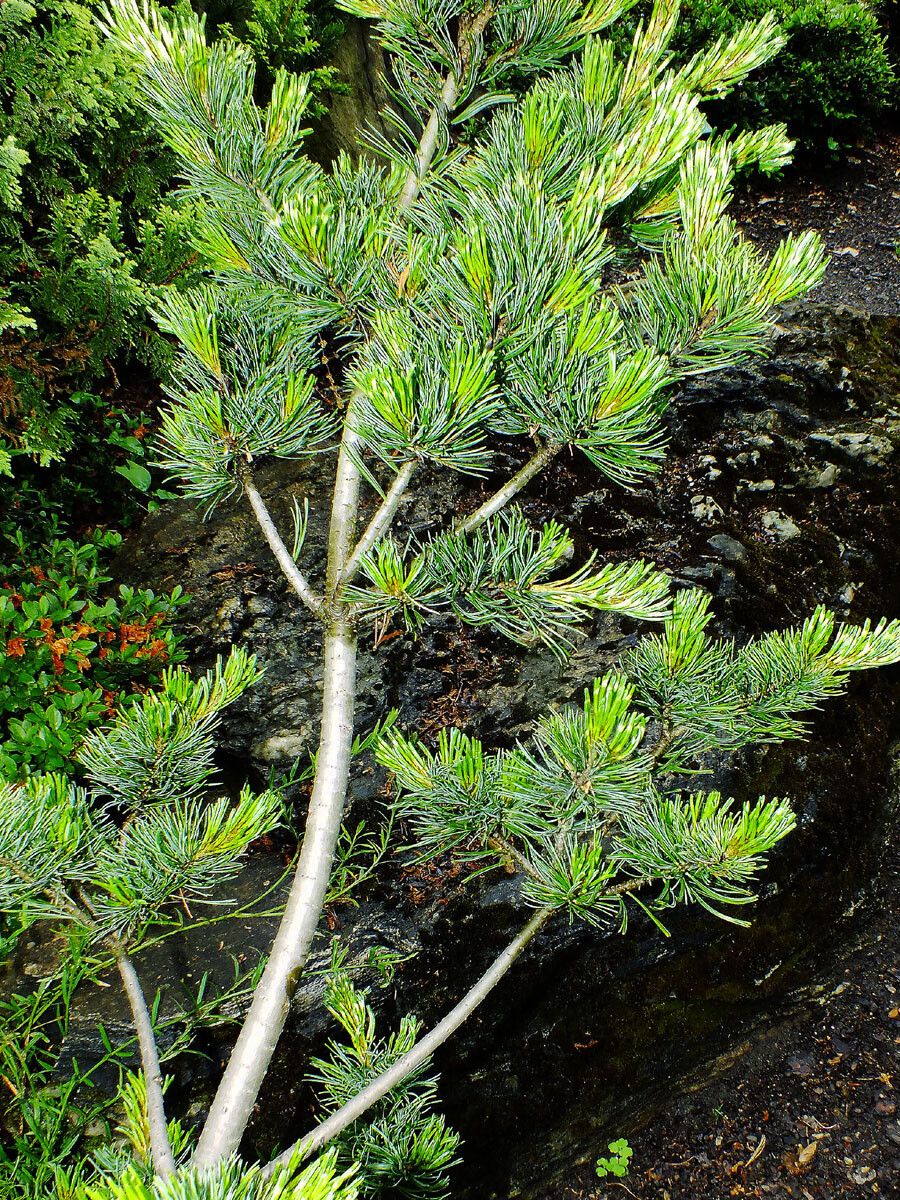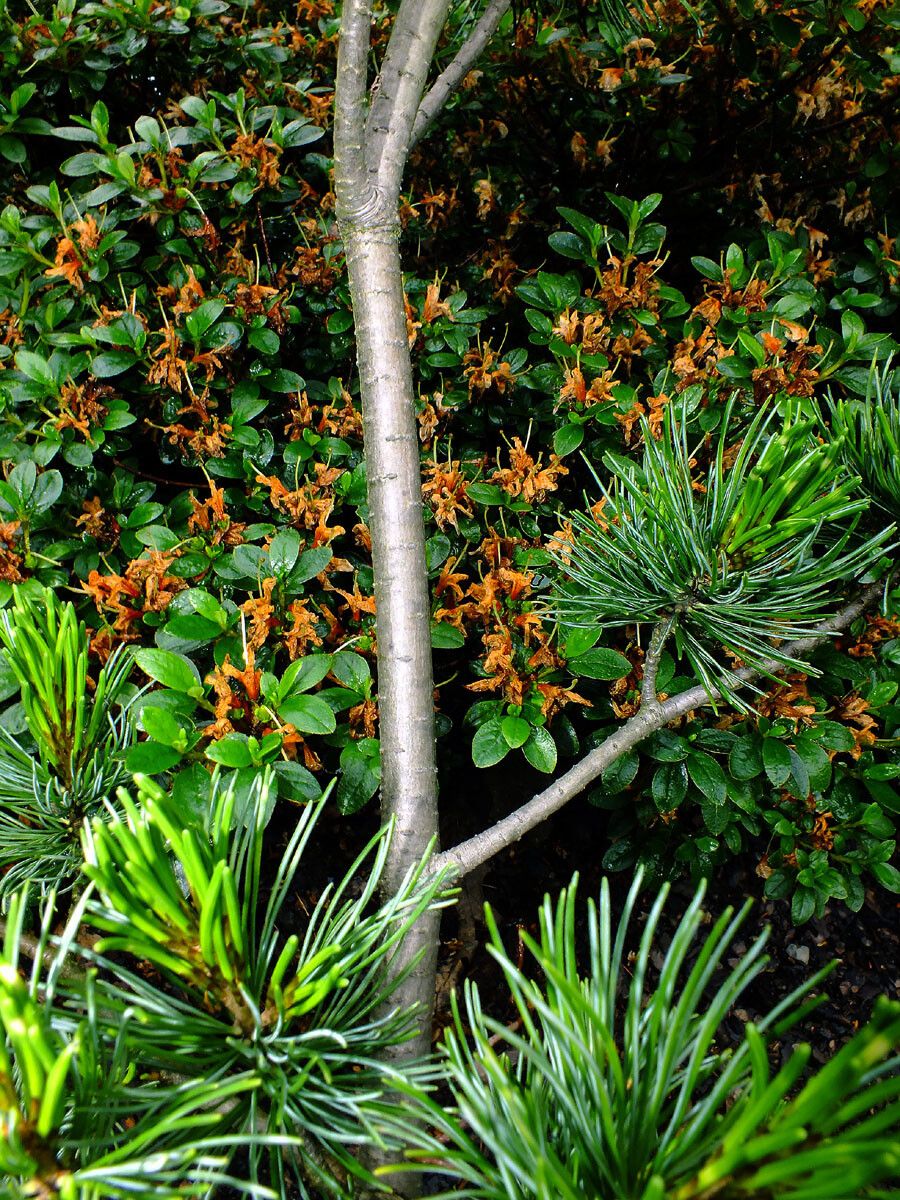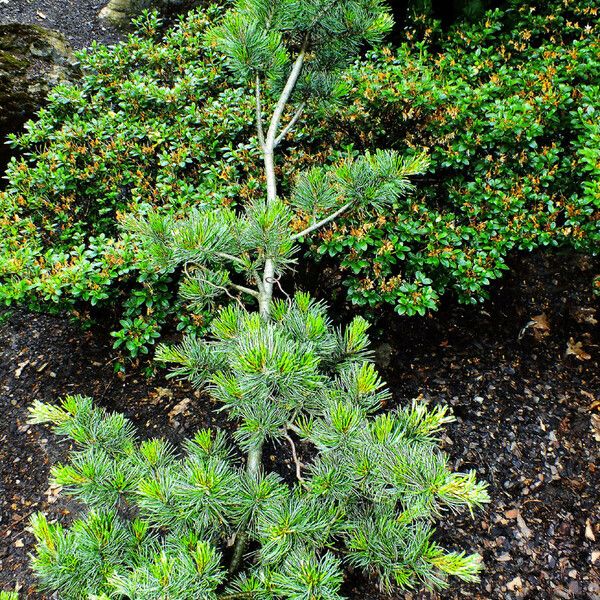ᱧᱮᱞᱯᱚᱨᱚᱠPinus parviflora Siebold & Zucc.observed byA Andrzej KonstantynowiczAndrzej Konstantynowicz᱒᱔ ᱡᱩᱱ ᱒᱐᱒᱓
Andrzej KonstantynowiczAndrzej Konstantynowicz᱒᱔ ᱡᱩᱱ ᱒᱐᱒᱓
observed by Andrzej KonstantynowiczAndrzej Konstantynowicz
Andrzej KonstantynowiczAndrzej Konstantynowicz
A
᱒᱔ ᱡᱩᱱ ᱒᱐᱒᱓
ᱱᱤᱨᱫᱷᱟᱹᱨᱤᱛ
Proposed determination
ᱧᱩᱛᱩᱢ (ᱡᱚᱢᱟ ᱠᱟᱱ ᱧᱩᱛᱩᱢ)
᱑᱐᱐%Confidence score
Suggest another determination
You don’t agree with the suggested species but don’t have another suggestion
ᱨᱮᱲ ᱠᱚ
ᱵᱟᱹᱲᱛᱤᱭᱟᱱ ᱰᱟᱴᱟ
ᱢᱟᱦᱟᱸ ᱛᱮᱭᱟᱨ ᱮᱱᱟ
Jun 25, 2023
ᱢᱩᱪᱟᱸᱫ ᱥᱟᱯᱲᱟᱣ
Oct 9, 2023
Łódź, Botanical Garden
Native to Japan and Korea.
Ornamental plant.
Edible plant - seeds raw or cooked, rich in oil, have a resinous flavour; the pollen is used to flavour cookies in Korea; a vanillin flavouring is obtained as a by-product of other resins that are released from the pulpwood.
Herbal plant - oil of turpentine, obtained from the oleo-resin of all pine trees, is antiseptic, antispasmodic, astringent, diuretic, rubefacient, stimulant and vermifuge; it is a valuable remedy used internally in the treatment of kidney and bladder complaints and is used both internally and as a rub and steam bath in the treatment of rheumatic affections; it is also very beneficial to the respiratory system and so is useful in treating diseases of the mucous membranes and respiratory complaints such as coughs, colds, influenza and TB; applied externally in the form of liniment plasters, poultices, herbal steam baths and inhalers, it is a very beneficial treatment for a variety of skin complaints, wounds, sores, burns, boils, etc.
Useful plant - a tan or green dye is obtained from the needles; an extract of the cones is used as an ingredient in commercial cosmetic preparations as an antioxidant.
Shared in
ᱫᱳᱞ (15)







